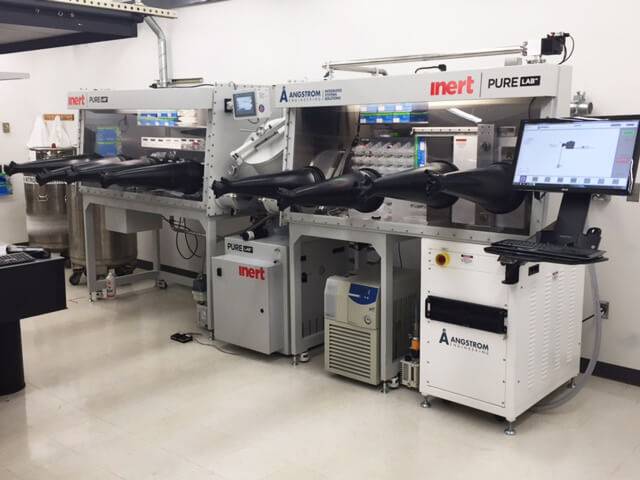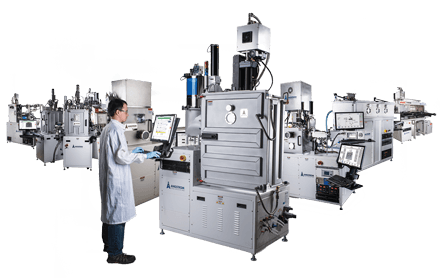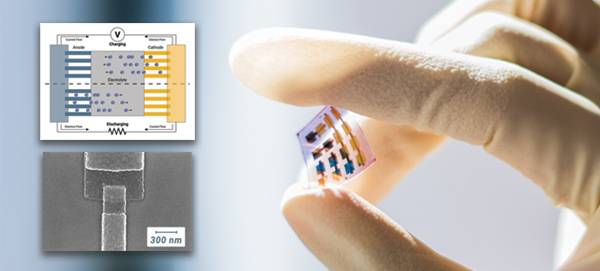March 29, 2018

Dan Congreve is the principal investigator at his lab in the Rowland Institute at Harvard. His group seek deeper foundational understanding of excitonic materials in order to build increasingly efficient light absorbing and light emitting devices.
“I became interested in organic photovoltaics back while I was a masters student.” Says Congreve, “I went to MIT to work on it, and eventually branched out into other applications of excitonics as the research led. I’m really excited about the LEDs and upconverting thin films, in particular.”
The research focuses on how various excitonic materials interact with one another and why. His group website mentions how “comparatively little work has been done to understand how these materials interact with one another. We seek to take advantage of these materials, utilizing and combining them to make new and unique energy devices.”
Dan uses a Nexdep physical vapor deposition system in his lab, and discusses working with the system: “I ‘grew up’ on an older Angstrom system in Marc Baldo’s lab at MIT – that was the reason I bought one for my own lab here at Harvard. My evaporator was installed a little over a year ago.

“We mostly use it to make LEDs, solar cells, and thin films for various uses. It allows us to design and execute complicated device structures easily. It has worked very well, I’ve been very happy with the performance of this evaporator.”






